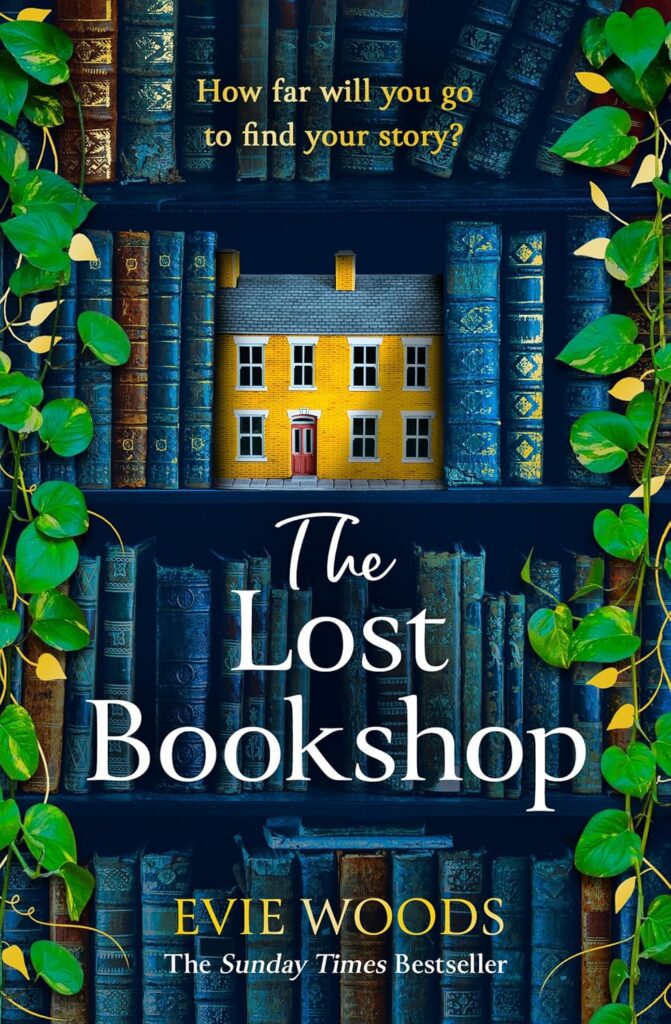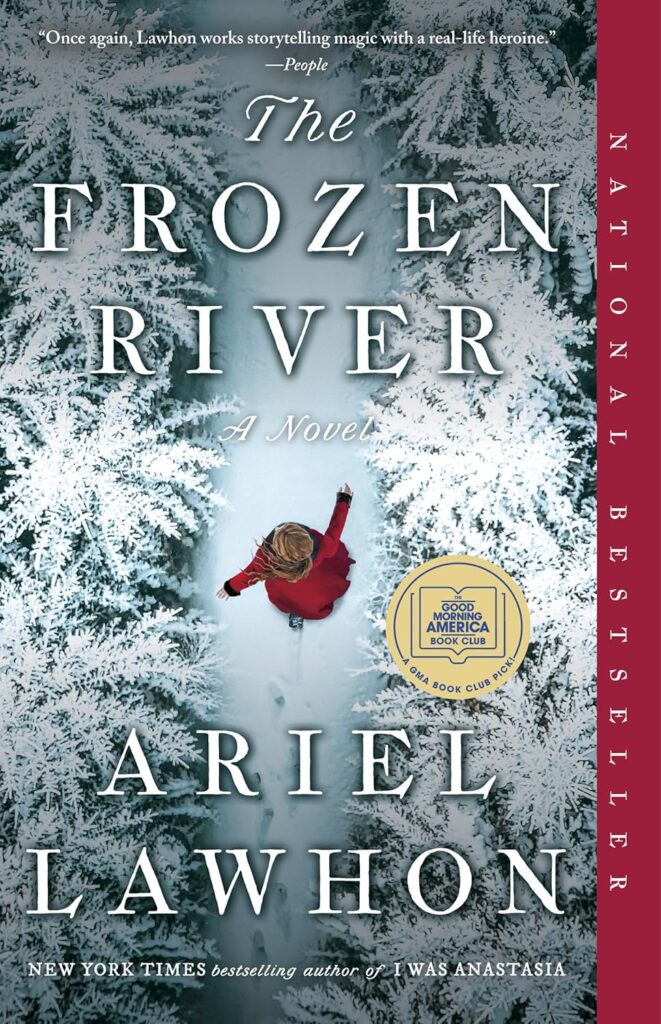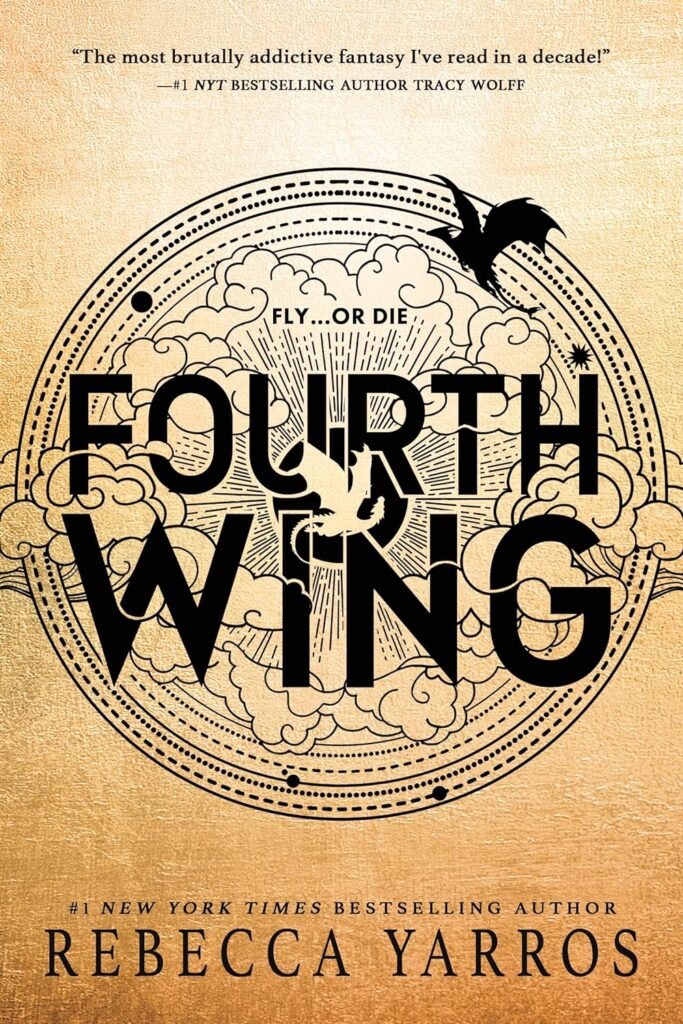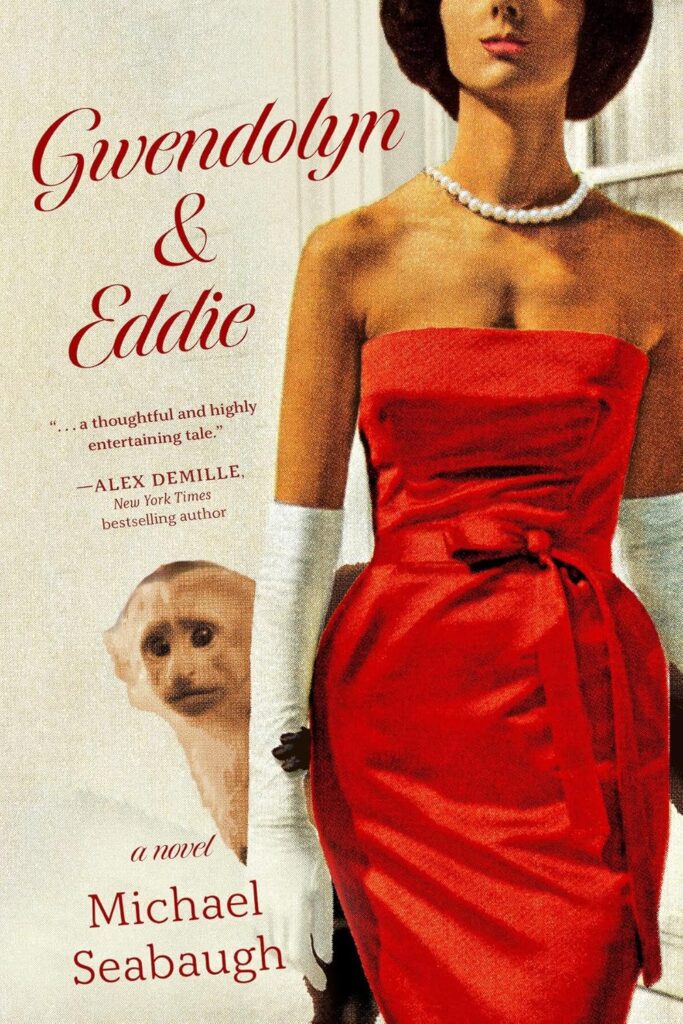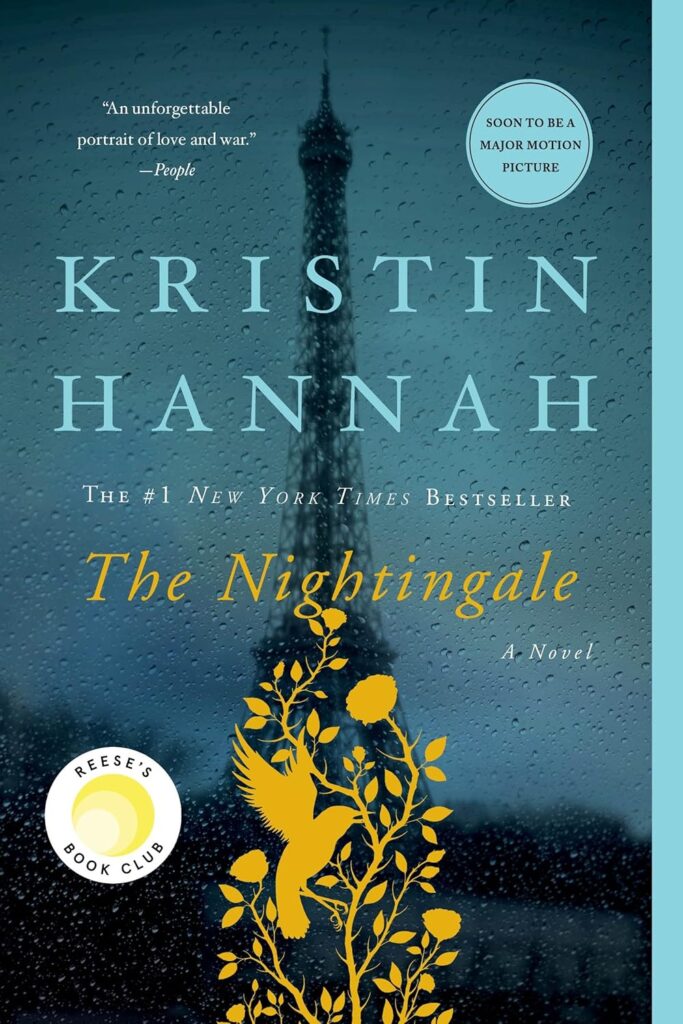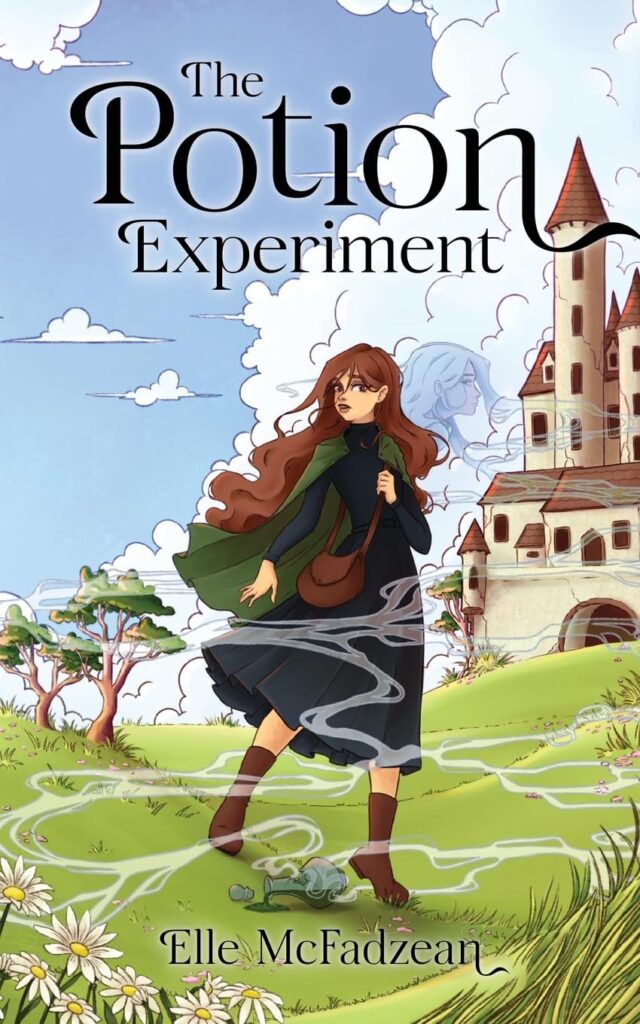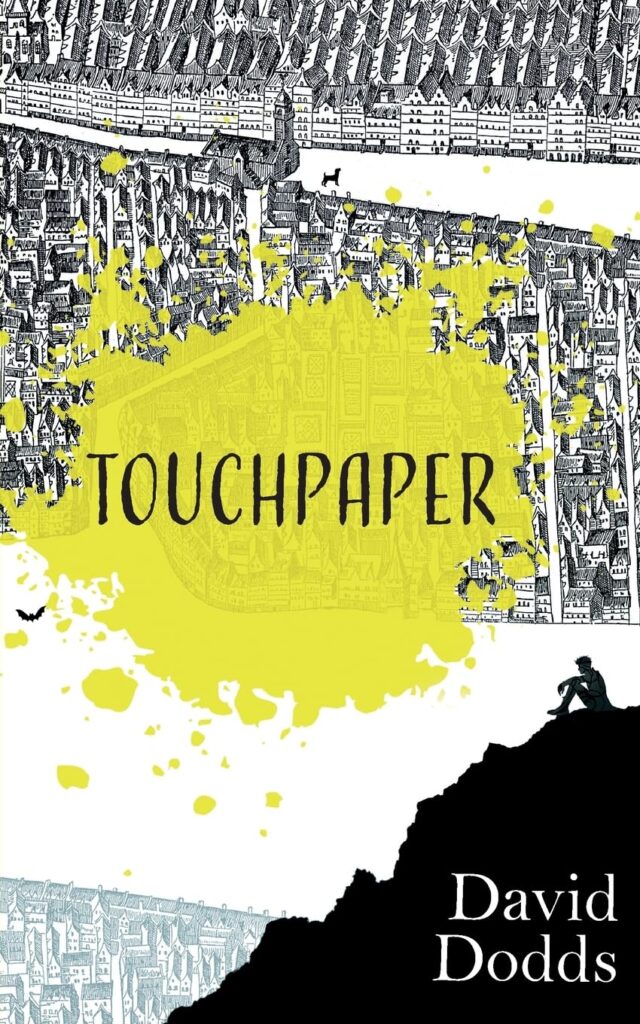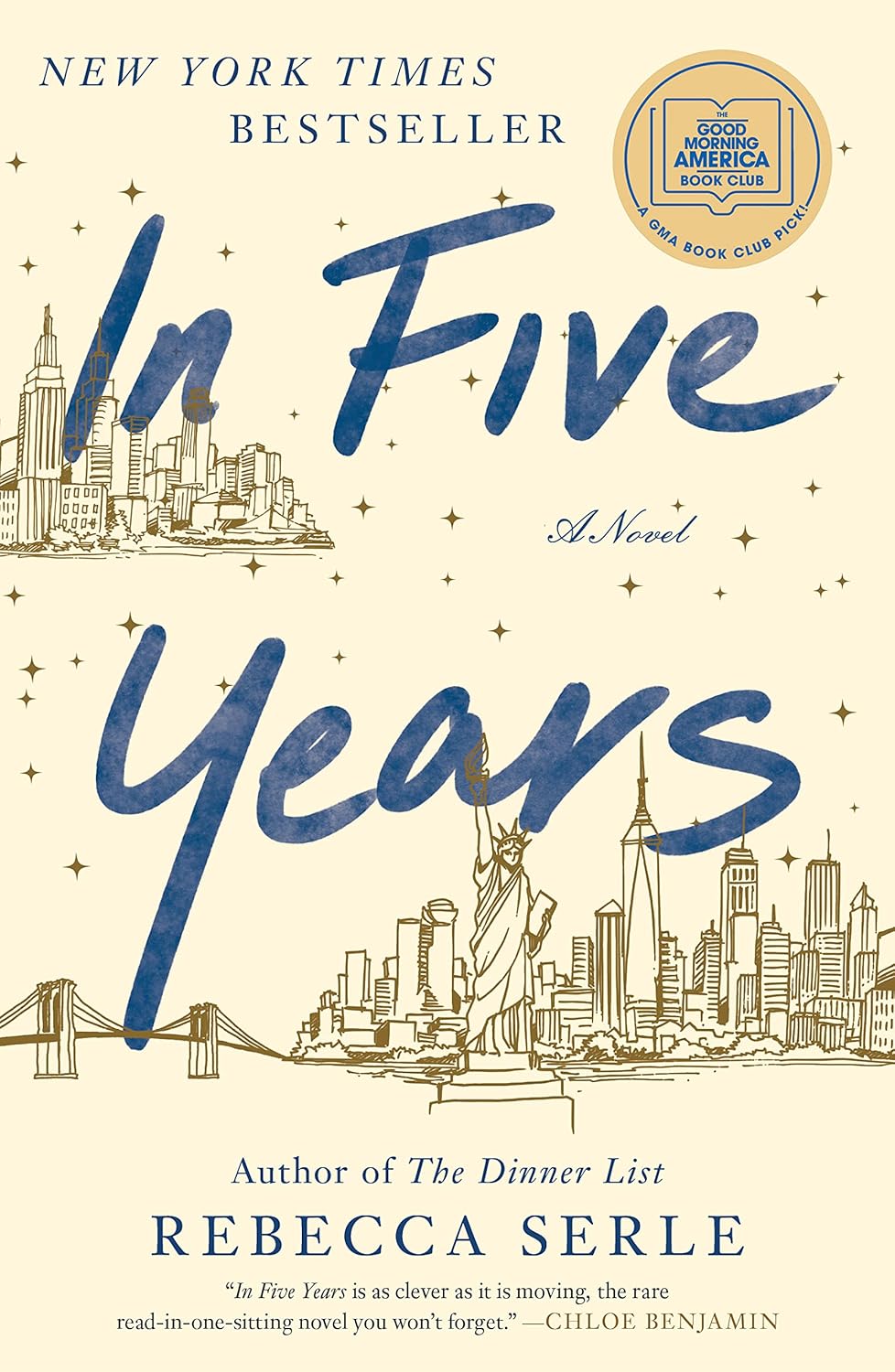Introducing Few novels outlast the test of time quite like Jane Austen’s Emma. Written between 1811 and 1816 and published posthumously (1815), it is widely considered Austen’s most sophisticated novel.
Emma is a social commentary and novel of manners revolving around the character of Emma Woodhouse who sees herself as a kind of regional matchmaker. But her misguided attempts and her realization become the true essence of the story: a classic tale of awareness, love, and what the power of society is.
In this review, we will explore Austen’s brilliant storytelling, complex characters, thematic richness, and the book’s lasting place in contemporary literature and culture.
Plot Synopsis
The tale begins with a youthful character named Emma Woodhouse — which Henry James once described as one of the three most perfect novels ever written — an Imperfectly fictional creation, handsome, clever, and rich in Highbury with her hypochondriac father.
Emma leads a comfortable, leisurely life, and fancies herself a talented matchmaker. Following the successful marriage of her governess, Miss Taylor, with Mr. Weston, Emma goes to work to matchmake her new friend Harriet Smith, a naive but pleasant girl of uncertain parentage.
Ites what ensues when Emma gets involved with Harriet’s love life and creates a chain of misguidances, heart ache and funny events. She dissuades her from an offer of marriage by the respectable Mr. Martin (a farmer), deeming him beneath Harriet, while encouraging Harriet’s crush on the local vicar, Mr. Elton. Emma is ultimately exposed as the misguided and prideful person she is when Mr. Elton professes his love for Emma and not for Harriet.
Enter the attractive but enigmatic Frank Churchill and the quiet but talented Jane Fairfax as the story unfolds. Emma begins to recognize and confront the exclusionary privilege that has shaped her outlook—appropriate as her condescension and privilege are born from her own history.
At the heart of Emma’s evolution in the film is her relationship with Mr. Knightley, her brother-in-law and one of the few people willing to call her out on her behavior.
By the end of the novel, we see Emma’s illusions about her matchmaking genius are stripped away from her, and she begins to learn to be honest about her feelings for Mr. Knightley. As is the manner with Austen stories, the plot neatly concludes in a series of reconciliations and marriages.
Character Analysis
Emma Woodhouse
One of Austen’s most controversial characters, Emma is perhaps her most complex protagonist. Emma is not the virtuous heroine of Pride and Prejudice and my fair lady, nor is she the self-effacing heroine of Sense and Sensibility.
Her prettiness: vain, manipulative, an emotional wall none of us can see through. But her charm comes from her cleverness, intelligence, and eventual ability to evolve. Emma is relatable and complex, and during the course of the novel, grows humbled and more empathetic.
Unlike any of Austen’s other heroines, Emma opens with a protagonist who seems to be at the very top of the lady ranking chart. Her riches and nobility save her from many of the struggles of other Austen heroines, and yet make her needy and lazy.
Her journey towards self-awareness and growth then is all the more satisfying. Emma shows gradual changes, only to slowly realize the pain-inflicting things they do, like the mean thing that Emma said to Miss Bates during a picnic at Box Hill, something Mr. Knightley reprimands her for later on. Such wake-up calls serve as central for Emma to evolve into a kinder, more self-aware person.
Mr. Knightley
George Knightley– Emma’s conscience and love interest. As the type of character more seasoned and mature, he serves as a consistent foil to Emma’s impetuousness. The frankness of Emma’s criticisms of Knightley is crucial to his self-discovery, and his love for her is predicated on an appreciation of her finer qualities. They treat each other with respect and show emotional maturity.
Knightley has a much larger role in the novel than just being Emma’s love interest. He serves as an exemplar of integrity and fair practice, often acting as the conciliator in the community.
His engagement with characters such as Harriet and the Martins exemplifies his egalitarian convictions and his ability to transcend social caste. Knightley declaring his love for Emma is some of the most emotionally resonant writing I have ever read from Jane Austen, romantic and understated at the same time.
Harriet Smith
Emma’s meddling has consequences, and Harriet embodies this. Harriet, who is naïve but kind and meek, relies on Emma to do all of the work in their relationship, laying bare the power dynamics of their friendship. Harriet eventually marries Mr. Martin instead, an assertion of her escape from Emma’s influence and an underhanded commentary on class prejudgments.
But Harriet is a study in contrasts. On the one hand, she is the ultimate victim of someone with no apparent social ranking, vulnerable and pliable. But rather the other, the slow unfolding of her strength of character—specifically, in choosing Mr. Martin even after Emma so vehemently opposes him.
Harriet is Emma’s foil, her own path standing in a refreshing contrast to the false choice presented to her by Harriet as a spoiled little toy.
Frank Churchill and Jane Fairfax
The subplot Frank and Jane are involved in enhances depth and interest into the narrative. While Frank is busy charming and flirting with Emma, he is engaged to Jane, and while Jane shows quiet dignity, Emma is vivacious. Their tale mirrors Emma’s is in its confidentiality, hypocrisy, and class/pragmatic themes.
Jane Fairfax has to be one of the most fascinating characters in the book (only in there for a few pages). Unlike Emma, her calm and quiet presence hides so much struggle and uncertainity.
Jane’s clandestine courtship with Frank Churchill serves to heighten the suspense of the plot, and her ultimate exoneration highlights the idea that above all, persistence and honesty are recompensed. Frank, conversely, is a warning about the perils of charm devoid of content.
Themes
Social Class and Hierarchies
Emma portrays Austen’s observant eye for social systems. In it, subtle social status and class stereotyping based on various traits, is examined (particularly through Emma and Harriet/Martins). What she dismisses Mr Martin as a suitor for Harriet because his social class to her is unworthy of Harriet are things Emma has to learn to unlearn.
You also have the theme of social class explored through the characters of Frank Churchill and Jane Fairfax. Although Frank is a man of privilege who glides through social situations, Jane — as an orphan largely at the mercy of her relatives — exemplifies the position of women at the mercy of men when they lack financial independence. Austen provides a complexity and nuance that questions the fairness and rigidity of social hierarchies.
Self-Discovery and Personal Growth
Essentially, Emma is a coming-of-age narrative. Austen understand human nature very well, as proves our journey with Emma from arrogance to self-awareness. As her errors and miscalculations pile up, Emma learns humility, compassion, and the importance of self-reflection.
The idea of self discovery doesnt just stop at Emma. Awareness is something that each of the characters, Harriet, Jane, and Mr. Knightley, each experience in some form or another. The gradual revelation of Harriet’s decision to marry Mr. Martin is her assertion of agency, and Jane’s quiet acceptance and perseverance is a testament to dignity.
Knight keyes great composure falls apart at the seams when he falls for Emma and luckily Austen lets this evident emotion come forth for Knightley, one of AUSD’s finest examples of breaking the stereotype of a perfect character.
Marriage and Relationships
Like all of Austen’s novels, marriage is a central theme in Emma. The book savages the economic and social reasons for marriage, while raising a toast to those joined by love and admiration. Emma and Knightley provide an example of an ideal partnership grounded in friendship and understanding.
Austen writes about the nature of marriage, but not in a romantic way. We have the marriages of Mr. and Mrs. Weston, Mr. Elton and Mrs. Elton, and Mr. Martin and Harriet, all of which demonstrate a range of ways to make a marriage work, and each reflects the values and priorities of the characters involved.
In this way, Austen explores the connection between love, compatibility, and social context through these relationships.
The Role of Women
Through irony, Austen criticizes the narrow roles available to women. The vulnerabilities and pressures faced by women like Jane Fairfax and Harriet Smith (who, although beloved by some, of course, was an utter nobody, and, of course–utter nonce) are writ large. Although Emma operates within the confines of early-19th-century gender roles, her ability to stand on her own two feet is still progress during the time.
This contrast is representative of the gender roles showcased throughout the novel. Whereas Jane does not have the upper-class cockiness and self-confidence that Emma has because her talents and attributes are so marginalized due to the fact that she does not possess wealth, Emma is able to have a relatively high level of power and independence that is afforded to few women during her era.
These characters are complex and their conversations reflect the societal pressure women have to deal with, attempting to stay within the lines while getting their own voice in.
Narrative Techniques
One device we notice Austen using frequently in Emma is free indirect discourse. This narrative approach provides access into Emma’s mind, but also ironic distance. Austen invokes both Emma and the narrative voice to create a multi-layered voice that counsels the reader against various approaches to Emma herself; we can attack her actions, but not her for committing them.
And it is worth mentioning the comic aspect of the novel. There is wit and satire in Austen, like Mr. Woodhouse and Miss Bates (who has a somewhat true-to-life role comparable to some of the characters on Jane the Virgin). The intermingling of miscommunications and secrets and revelations maintains the story interesting and exciting.
Another highlight of the novel is the pacing. And Austen doesn’t rush around this — she allows and encourages us to sit in Highbury. Realization of built-up tension and resolutions in conflicts creates a gratifying storyline that befits a reader who has read it all so well.
Cultural and Historical Background
Emma takes place in the early 1800s, when few options were available for upward mobility and marriage was usually the only path for women to achieve economic security. Highbury, as Austen represents it, is representative of the insularity and interconnectedness of lives that mark rural communities. The novel centres around the domestic world and the minutiae of life, providing a microcosmic depiction of Regency society.
Austen herself experienced the class distinctions she writes about and understands better than many others of her time the roles of women in society. With her astute examination of social conventions laced with light-hearted wit, she secures her position as one of the foremost novelists in the English language.
Enduring Legacy
Over 200 years after its initial release, and Emma still speaks to readers everywhere. The themes of self-discovery, love, and social dynamics are, of course, relatable to anyone, and Austen’s sharp wit and masterful storytelling are unrivaled.
That novel inspired innumerable adaptations, through film and television and into modern retellings such as Clueless (1995) which brought Emma to the world of the American high school socialite.
There is something timeless to Emma — especially in her arc. She’s deeply flawed and growing, unbelievably human, and her progression toward the self-aware nature of the character’s later stories teaches lessons for both kids and adults.
In an ever-changing and rapidly transforming world, the focus on self-improvement and understanding of human relationships, the novel keeps its core emotional and intellectual lifeblood.
Conclusion
Emma is a testament to Jane Austen as storyteller and a social commentator. It is a book you can go back to, with its deep characters, complicated storyline, and universal themes.
Emma is a satisfying read, drawing you in with the expectations you have from Austen and then subverting them to make you think, whether you’ve read Austen for years or are just starting with her.
As Austen herself wrote, “I am going to take a heroine whom no one but myself will much like.” But, as it turns out, were Austen has proven Emma Woodhouse wrong in the best way possible, writing a story that still responds through time, doing it so well in fact these days she would probably have a hard time convincing her to marry this or that guy.
